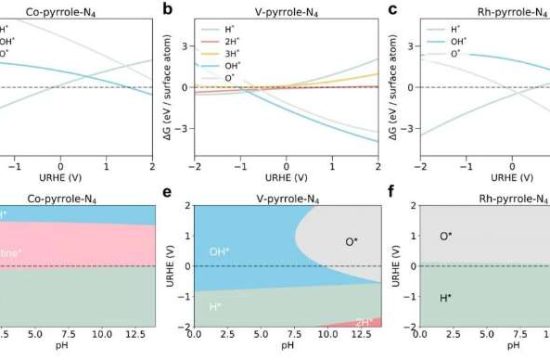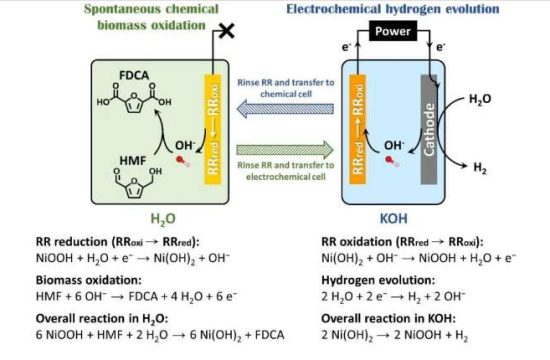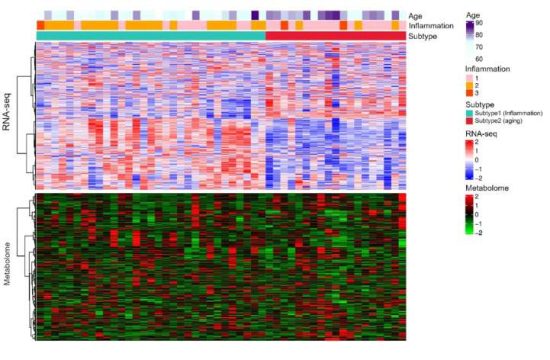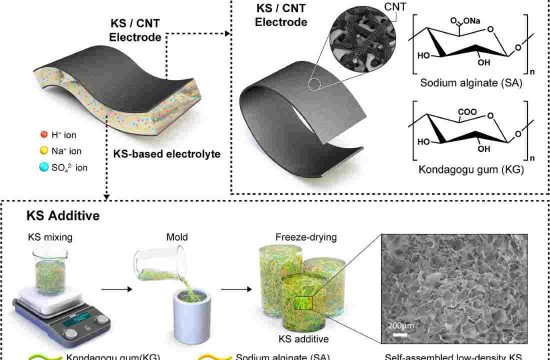The Intergovernmental Panel on Climate Change Fifth Assessment Report (AR5), released just prior to an international climate convention in 2015, explicitly stated that human-caused greenhouse gas emissions were the highest in history, with clear and widespread impacts on the climate system.
Since then, hundreds of cities across the world have published their own climate action plans (CAPs), detailing how their urban areas will handle climate change. How do the plans stack up against one another and against the recommended guidelines established by the United Nations-Habitat Guiding Principles for City Climate Action Planning?
To better understand the content and structure of these CAPs — and what lessons may be learned from them — researchers from Hiroshima University analyzed 278 urban CAPs established since 2015. They published their findings on May 10 in Urban Climate.
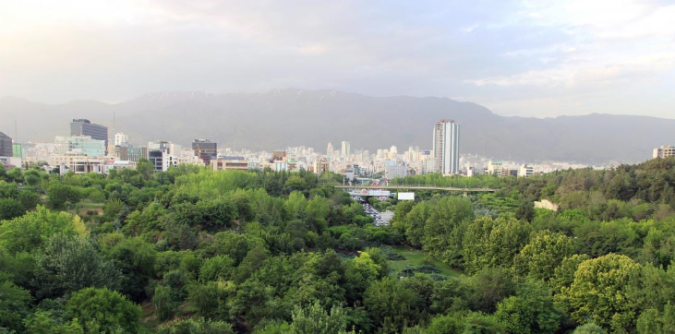
“There is limited knowledge about the global situation of the content and structure of urban CAPs adopted or published after AR5 — most existing studies are either limited in geographical scope or thematic focus,” said first author Prince Dacosta Aboagye, a doctoral student in Hiroshima University’s Graduate School of Humanities and Social Sciences. “In this study, we critically analyze the content and structure of urban CAPs adopted or published post-AR5 and examine how these urban CAPs align with selected climate action planning best practices.”
According to Aboagye, cities are vulnerable to climate change, but city governments also possess the local knowledge and close community connections to effectively engage with their citizens to achieve urban climate targets. They also wield the authority to adopt laws and legislation to reduce urban emissions and adapt as needed.
“Our study extends the analysis and presents a global perspective on the content and structure of urban CAPs and the extent to which urban CAPs align with selected climate action planning best practices,” Aboagye said. “This critical analysis of the content and structure of urban CAPs across a taxonomy and typology of cities provides additional insights for local climate decision-making and the development of more robust climate planning frameworks.”
Using international databases of urban city plans and Google, the researchers identified 278 CAPs that were published in English between 2015 and 2022. According to Aboagye, while there was initial concern that the English requirement may introduce bias, the final sample included cities from across Africa, Asia, Europe, the Americas, and Oceania.
The researchers applied a qualitative analysis to identify key climate action planning elements, such as the co-benefits, synergies, trade-offs, and conflicts in the reports. They also identified trends in urban CAP adoption, areas of focus, pledges to reduce greenhouse gas emissions and achieve zero carbon, as well as how baseline greenhouse gas emission inventory is reported.
“There have been variations in the adoption or publication of urban CAPs post-AR5 across city types and world regions,” said corresponding author Ayyoob Sharifi, professor at Hiroshima University’s IDEC Institute. “Cities have transitioned from developing only mitigation-related plans to both mitigation and adaptation. Almost half of the sampled mitigation-related urban CAPs have a deep decarbonization target, with less than a quarter likely to be achieved by 2030.”
The researchers found that CAPs were increasingly adopted and published from 20 in 2015 to 56 in 2020, with cities leveraging social media and teleconferencing platforms to adopt or publish their plans. Most of the 278 plans included both mitigation and adaption plans, but 3% focused solely on adaption and 16% on mitigation. Of the sectors targeted to achieve climate objectives, 268 CAPs focused most on transportation, followed closely by the energy, buildings, and waste sectors.
The researchers also analyzed connections between the sectors and how cities considered potential co-benefits in their planning, finding that cities are more likely to focus on these linked sectors over others: transport and energy; transport and waste; energy and waste; transport and urban governance/policy/planning; and energy and urban governance/policy/planning.
According to Sharifi, the researchers plan to use their findings to develop an integrated and comprehensive urban climate planning framework to serve as a guiding tool for developing robust climate action plans with globally accepted benchmarks, criteria, and standards.
“We hope the paper’s evidence will shape future urban climate planning since it highlights lessons from urban CAPs adopted or published from 2015 to 2022,” Sharifi said. “Next, we will use the planned framework to evaluate the suitability of urban CAPs and build the capacity of local governments and urban planners to adopt the framework to develop suitable city-specific CAPs.”




